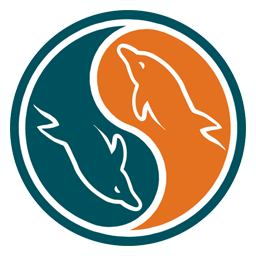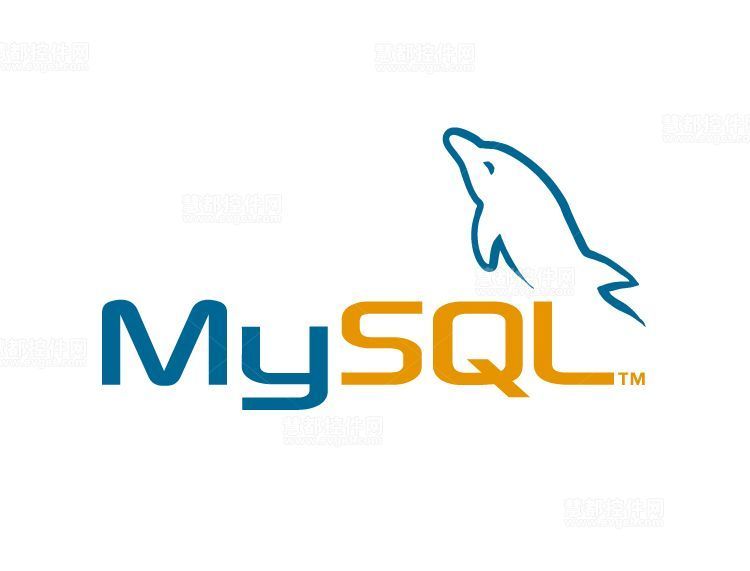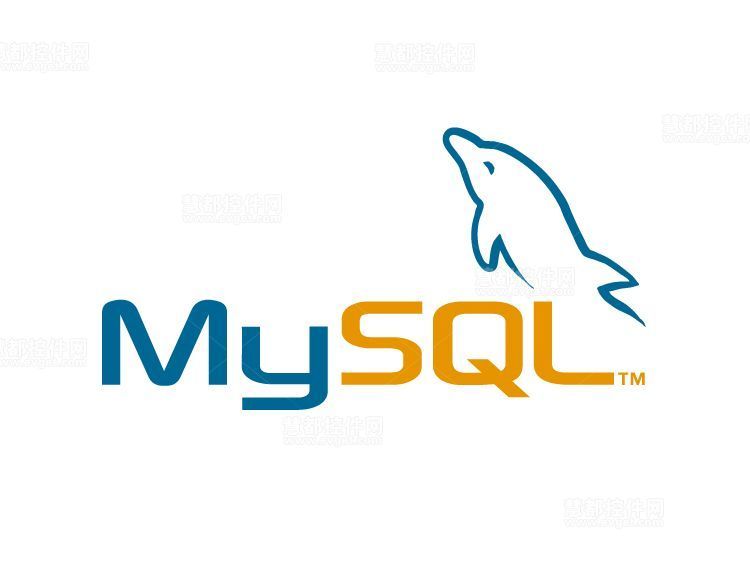Detailed introduction to data table operations
View table structure For a successfully created data table, you can use the SHOW COLUMNS statement or DESCRIBE statement to view the table structure of the specified data table. These two statements are introduced below. 1.SHOW COLUMNS statement The syntax format of the SHOW COLUMNS statement is as follows: SHOW [FULL]COLUMNS FROM data table name [FROM database name]; or SHOW [FULL]COLUMNS FROM data table name.database name; 2. DESCRIBE statement The syntax of DESCRIBE statement The format is as follows: DESCRIBE data table name; among them, DESCRIBE can be abbreviated as DESC. When viewing the table structure, you can also list only the information of a certain column. The syntax format is as follows: DESC data table name column name; rename the table using the RENAME TABLE statement. The syntax is as follows: RENAME TABLE data table name 1 to data table name 2; for example: change the admin table name to user, the format is as follows :rename table admin t
1. MySQL View, delete and rename data tables (MYSQL data table operation tutorial 3)

Introduction: View table structure For a successfully created data table, you can use the SHOW COLUMNS statement or DESCRIBE statement to view the table structure of the specified data table. These two statements are introduced below. 1.SHOW COLUMNS statement The syntax format of the SHOW COLUMNS statement is as follows: SHOW [FULL]COLUMNS FROM data table name [FRO
2. MySQL modifies the data table (MYSQL data table operation Tutorial 2)

Introduction: Modify the table structure Use the ALTER TABLE statement to modify the table structure. Modifying the table structure means adding or deleting fields, modifying field names or field types, setting or canceling primary keys and foreign keys, setting or canceling indexes, and modifying table comments, etc. The syntax format is as follows: ALTER[IGNORE] TABLE data table name alter_spec[,alter_spec]...;
3. MySQL creates a data table (MYSQL data table operation tutorial 1)

Introduction: Before operating the MySQL data table, you need to select the database first before you can operate in the specified database. Perform operations on the data table, such as creating a data table, modifying the table structure, renaming the data table, or deleting the data table, etc. Otherwise, the data table cannot be operated. Okay, let’s introduce the specific operations on the data table. Creating a data table Creating a data table is very similar to creating a database. The syntax format is:
4. Detailed explanation of MySQL data table operations

# Introduction: This article introduces what commands need to be used to operate the data tables in the database.
5. ThinkPHP’s data table operation_PHP tutorial
Introduction: ThinkPHP’s data table operation. Read data Read $m=new Model('User'); $m=M('User'); select $m->select();//Get all data and return it as an array find $m ->find($id);//Get a single piece of data getField(field name
6. ThinkPHP data table operation
Introduction: ThinkPHP data table operation. Reading data Read $m=new Model('User'); $m=M('User'); select $m->select(); //Get all data and return it as an array find $m->find($id); //Get a single piece of data getField(field name
7. sql database and data table operation statements
#Introduction: sql and data table operation statements This includes database creation, deletion, modification, backup, as well as creating new tables, deleting tables, adding table indexes, creating views, etc.; 1. Instructions: Create a database create database database-name 2. Description: Delete the database drop database dbname 3. Description: Back up sql server --- Create a device for backing up data use master exec sp_a
8. Data model class for secondary development of phpcms v9
Introduction: In the secondary development of phpcms v9, we often need to modify the module The data table can be used to query, add, modify and delete data. All these operations are inseparable from the data model class model.class.php, which plays an interactive role between developers and data tables. model.class.php encapsulates many data table operation methods. Basically, commonly used mysql operation statements can be found in it, but it is different from the original mysql statement. Like other PHP content management systems, PHPCMS also For the original mysq
9. Detailed explanation of data table operations in MySQLIntroduction: Using MySQL, you can currently use three basic databases Choose between table formats. When you create a table, you tell MySQL which table type it should use for the table. MySQL will always
10. MySQL commonly used data table operations SQL
Introduction: As a program developer, you often have to Import and export some data. Today I will share some SQL that I use to import and export data: All test statement data below use tablename 1. Export the table structure show create table tablename; 2. Export the data of a table to an external file select * into outfile '/tmp/data.txt' f
The above is the detailed content of Detailed introduction to data table operations. For more information, please follow other related articles on the PHP Chinese website!

Hot AI Tools

Undresser.AI Undress
AI-powered app for creating realistic nude photos

AI Clothes Remover
Online AI tool for removing clothes from photos.

Undress AI Tool
Undress images for free

Clothoff.io
AI clothes remover

Video Face Swap
Swap faces in any video effortlessly with our completely free AI face swap tool!

Hot Article

Hot Tools

Notepad++7.3.1
Easy-to-use and free code editor

SublimeText3 Chinese version
Chinese version, very easy to use

Zend Studio 13.0.1
Powerful PHP integrated development environment

Dreamweaver CS6
Visual web development tools

SublimeText3 Mac version
God-level code editing software (SublimeText3)

Hot Topics
 1664
1664
 14
14
 1423
1423
 52
52
 1318
1318
 25
25
 1269
1269
 29
29
 1248
1248
 24
24
 MySQL's Role: Databases in Web Applications
Apr 17, 2025 am 12:23 AM
MySQL's Role: Databases in Web Applications
Apr 17, 2025 am 12:23 AM
The main role of MySQL in web applications is to store and manage data. 1.MySQL efficiently processes user information, product catalogs, transaction records and other data. 2. Through SQL query, developers can extract information from the database to generate dynamic content. 3.MySQL works based on the client-server model to ensure acceptable query speed.
 Explain the role of InnoDB redo logs and undo logs.
Apr 15, 2025 am 12:16 AM
Explain the role of InnoDB redo logs and undo logs.
Apr 15, 2025 am 12:16 AM
InnoDB uses redologs and undologs to ensure data consistency and reliability. 1.redologs record data page modification to ensure crash recovery and transaction persistence. 2.undologs records the original data value and supports transaction rollback and MVCC.
 MySQL: An Introduction to the World's Most Popular Database
Apr 12, 2025 am 12:18 AM
MySQL: An Introduction to the World's Most Popular Database
Apr 12, 2025 am 12:18 AM
MySQL is an open source relational database management system, mainly used to store and retrieve data quickly and reliably. Its working principle includes client requests, query resolution, execution of queries and return results. Examples of usage include creating tables, inserting and querying data, and advanced features such as JOIN operations. Common errors involve SQL syntax, data types, and permissions, and optimization suggestions include the use of indexes, optimized queries, and partitioning of tables.
 MySQL's Place: Databases and Programming
Apr 13, 2025 am 12:18 AM
MySQL's Place: Databases and Programming
Apr 13, 2025 am 12:18 AM
MySQL's position in databases and programming is very important. It is an open source relational database management system that is widely used in various application scenarios. 1) MySQL provides efficient data storage, organization and retrieval functions, supporting Web, mobile and enterprise-level systems. 2) It uses a client-server architecture, supports multiple storage engines and index optimization. 3) Basic usages include creating tables and inserting data, and advanced usages involve multi-table JOINs and complex queries. 4) Frequently asked questions such as SQL syntax errors and performance issues can be debugged through the EXPLAIN command and slow query log. 5) Performance optimization methods include rational use of indexes, optimized query and use of caches. Best practices include using transactions and PreparedStatemen
 Why Use MySQL? Benefits and Advantages
Apr 12, 2025 am 12:17 AM
Why Use MySQL? Benefits and Advantages
Apr 12, 2025 am 12:17 AM
MySQL is chosen for its performance, reliability, ease of use, and community support. 1.MySQL provides efficient data storage and retrieval functions, supporting multiple data types and advanced query operations. 2. Adopt client-server architecture and multiple storage engines to support transaction and query optimization. 3. Easy to use, supports a variety of operating systems and programming languages. 4. Have strong community support and provide rich resources and solutions.
 MySQL vs. Other Programming Languages: A Comparison
Apr 19, 2025 am 12:22 AM
MySQL vs. Other Programming Languages: A Comparison
Apr 19, 2025 am 12:22 AM
Compared with other programming languages, MySQL is mainly used to store and manage data, while other languages such as Python, Java, and C are used for logical processing and application development. MySQL is known for its high performance, scalability and cross-platform support, suitable for data management needs, while other languages have advantages in their respective fields such as data analytics, enterprise applications, and system programming.
 How does MySQL index cardinality affect query performance?
Apr 14, 2025 am 12:18 AM
How does MySQL index cardinality affect query performance?
Apr 14, 2025 am 12:18 AM
MySQL index cardinality has a significant impact on query performance: 1. High cardinality index can more effectively narrow the data range and improve query efficiency; 2. Low cardinality index may lead to full table scanning and reduce query performance; 3. In joint index, high cardinality sequences should be placed in front to optimize query.
 MySQL: From Small Businesses to Large Enterprises
Apr 13, 2025 am 12:17 AM
MySQL: From Small Businesses to Large Enterprises
Apr 13, 2025 am 12:17 AM
MySQL is suitable for small and large enterprises. 1) Small businesses can use MySQL for basic data management, such as storing customer information. 2) Large enterprises can use MySQL to process massive data and complex business logic to optimize query performance and transaction processing.




